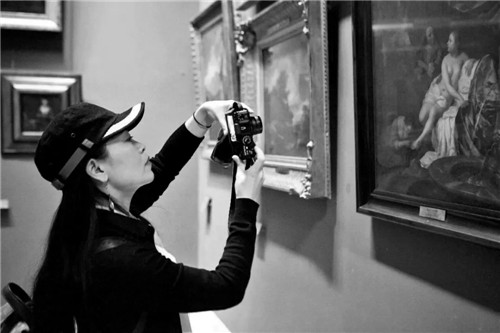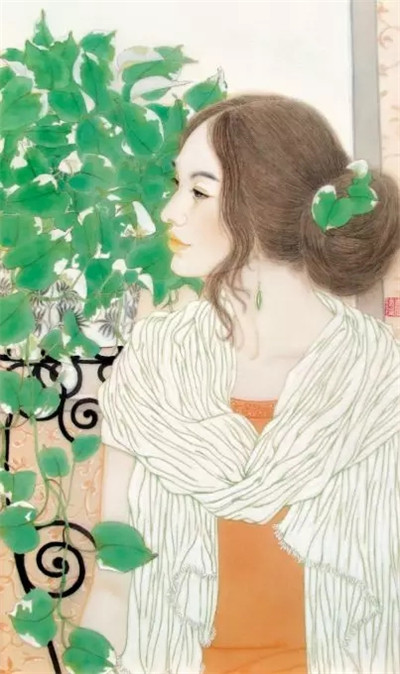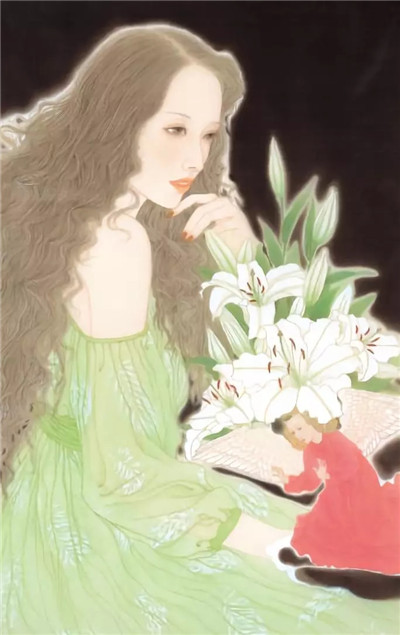
Yuan Lingling was born in 1974 in Zhengzhou, capital of Central China's Henan Province. In 2015, she received her Ph.D. in fine arts from the Chinese National Academy of Arts.
Yuan works at the Postdoctoral Graduate Students' Scientific Research Station, under China National Academy of Painting. She is a member of China Artists Association, and a member of and an associate professor with China Hue Art (a State-level society dedicated to studying and developing gongbi).
Yuan has won many prizes during national and international art exhibitions. Many of her works have been housed in the National Art Museum of China, China Central Academy of Fine Arts and Marshall University.
Yuan is good at painting gongbi (or fine brushwork, a traditional Chinese realistic painting characterized by the artist's close attention to details), which highlights the images of confident, independent and elegant women. Through her artworks, viewers may find a woman painter's understanding of the most beautiful Chinese women in modern times.

To get a clear picture of the role of Yuan's paintings in the historical development of Chinese paintings, one should understand how the Chinese gongbi figure paintings have evolved during the past millennia.
The art form took shape during the Han Dynasty (206 BC-220 AD). There was a peak in the development of the art form during the Tang Dynasty (618-907). At that time, many artists enjoyed painting healthy and strong women, whom were considered as beauties, whereas many artists painted delicate women during the Ming (1368-1644) and Qing (1644-1911) dynasties.
After the People's Republic of China was founded, in 1949, Chinese paintings tended to stereotype females' images as vigorous, powerful women.
Since China implemented its policy of reform and opening to the world, in 1978, the country has seen an overall improvement in women's development. As a result, Chinese women, under artists' paint brushes, have tended to look healthy and independent. The young women, painted by Yuan, meet Chinese people's aesthetic preferences. Every woman seems to have her own personality.
Yuan's paintings integrate the elements of traditional paintings with those of contemporary paintings, and she integrates the elements of Oriental paintings with those of Western paintings. Her paintings reflect her understanding of life and love. She prefers to paint figures in warm colors, under backgrounds filled with dreamy atmosphere.
"Everyone keeps a beautiful fairy tale in mind. However, he/she might ignore it while he/she handles trifling, but thorny, matters in his/her life," says Yuan. "I'll try my best to remain pure minded, undisturbed by the utilitarian external world, just like a little but strong grass, which could withstand wind and rain."

